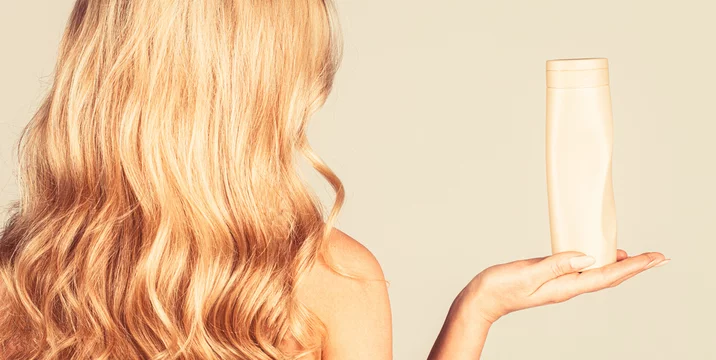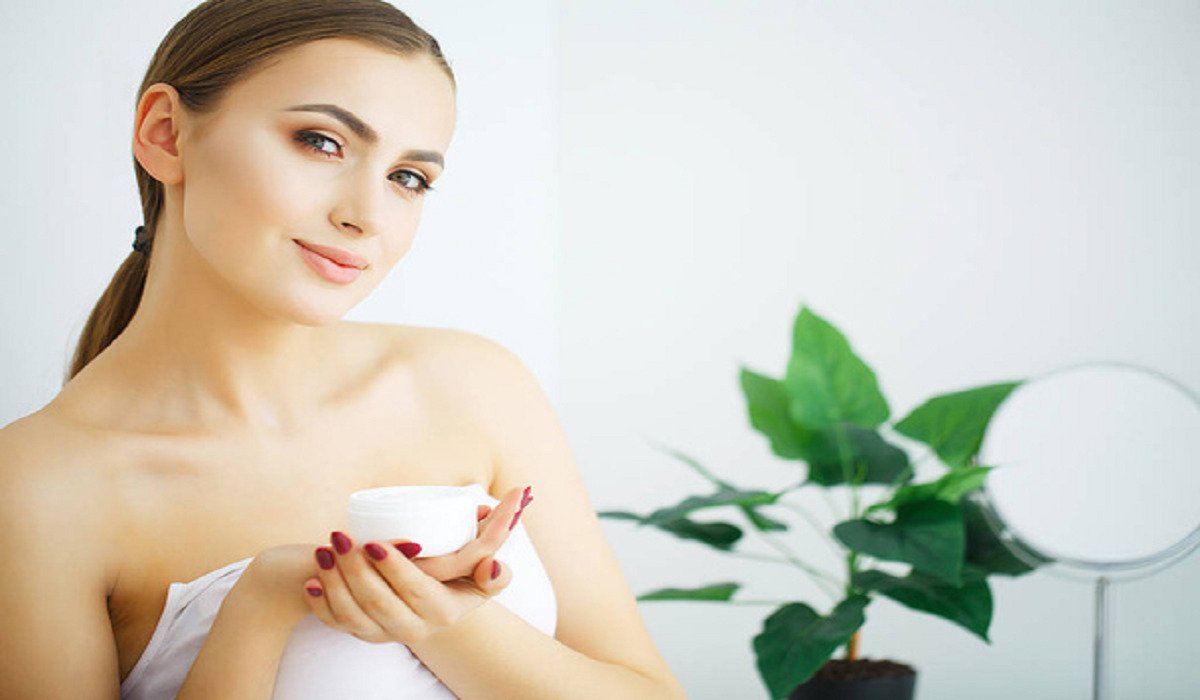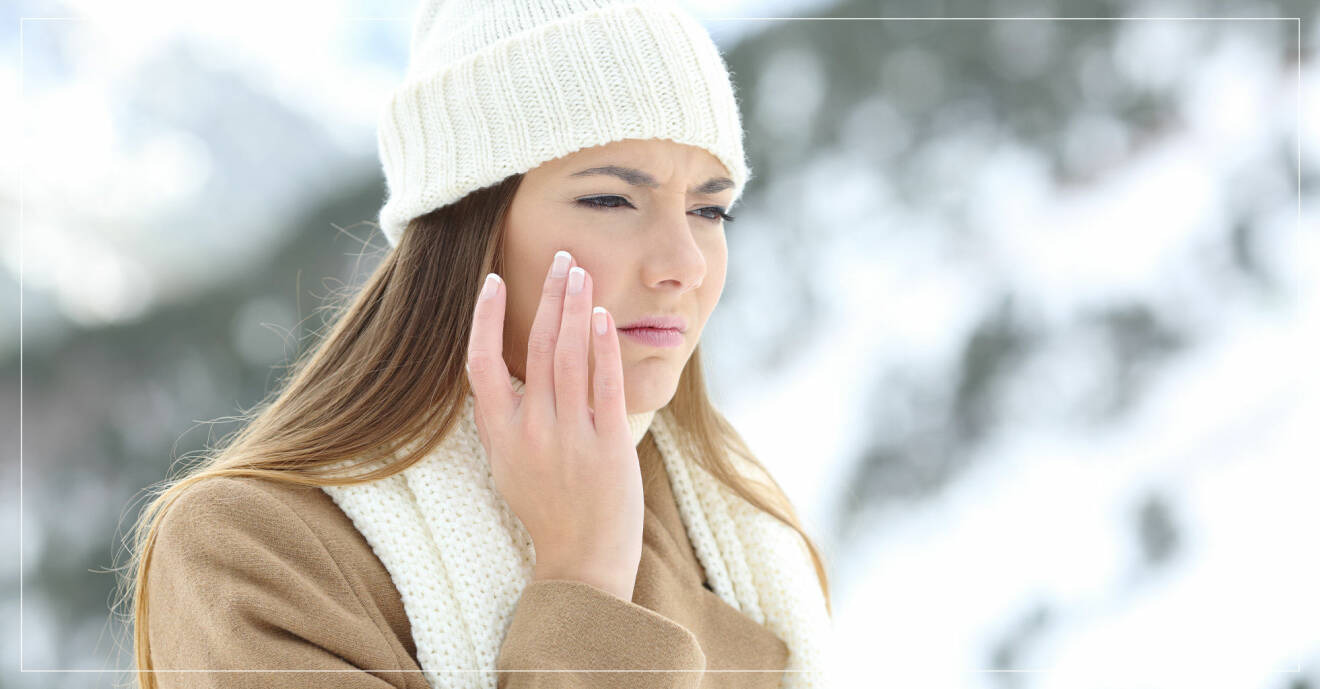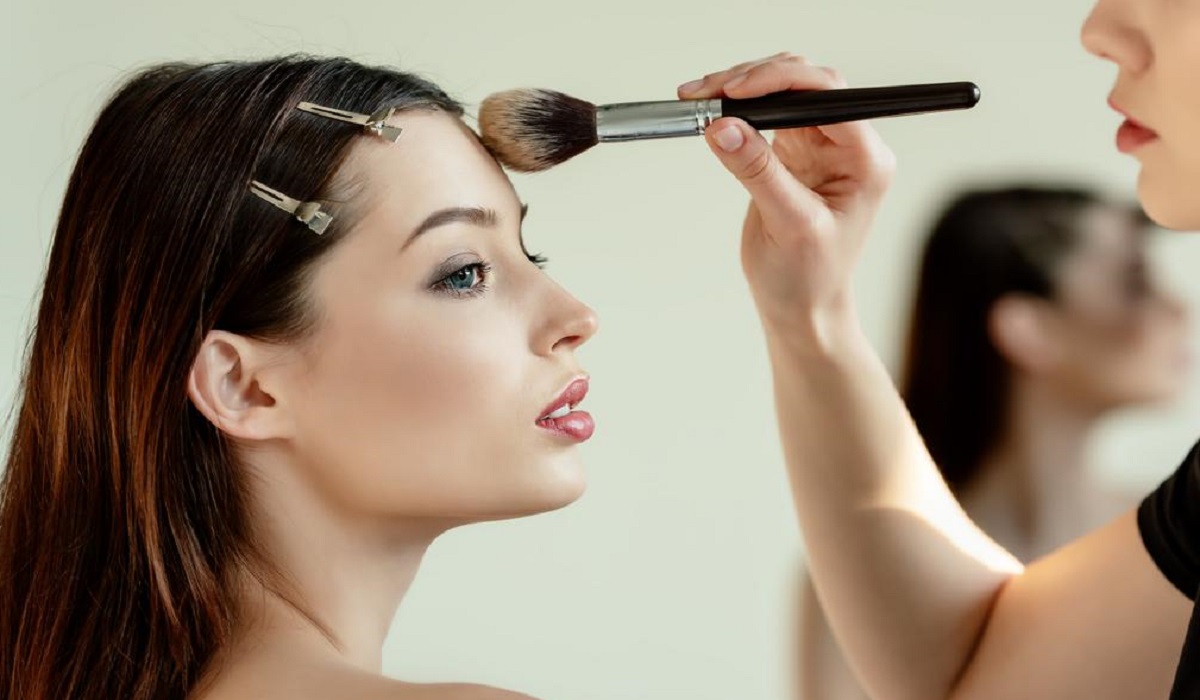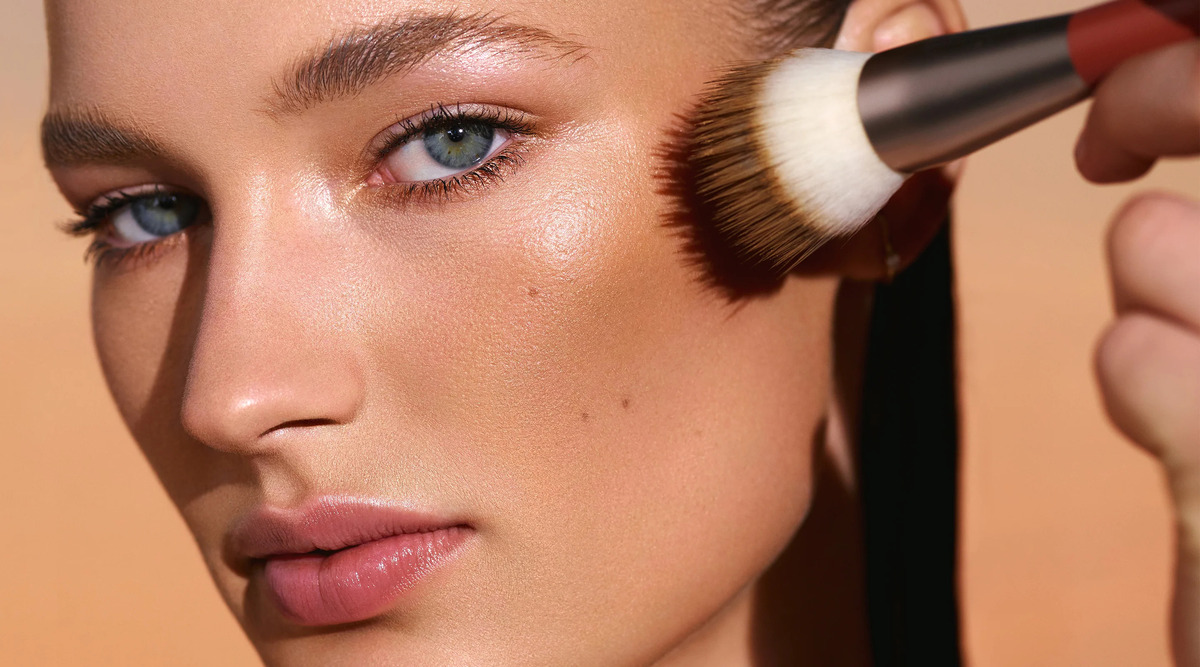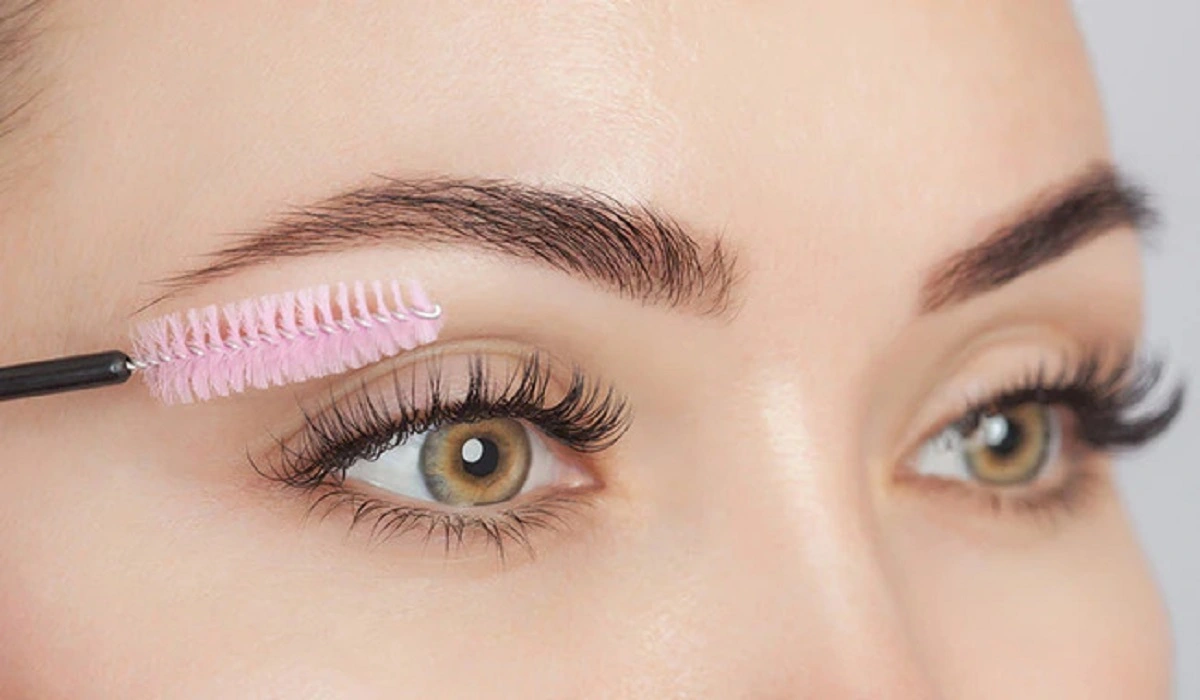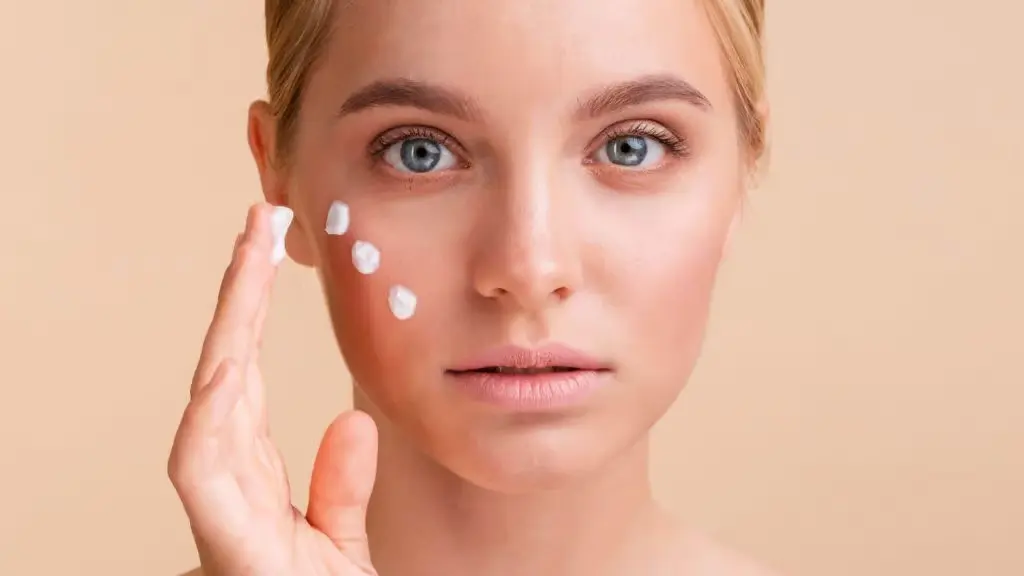
In the ever-evolving world of nail art, new trends constantly emerge, captivating beauty enthusiasts and professionals alike. One such trend that has been gaining popularity is the Vanilla Latte Manicure. Combining sophistication and indulgence, this luxurious nail art style is inspired by the rich tones and creamy swirls of a comforting vanilla latte. From its mesmerizing color palette to its versatility in design, the Vanilla Latte Manicure offers a delightful blend of elegance and creativity. In this article, we delve into the essence of this trend, exploring its origins, techniques, and the endless possibilities it presents for nail art enthusiasts.
Origin and Inspiration
The Vanilla Latte Manicure takes its inspiration from the beloved beverage that has become a symbol of warmth, comfort, and indulgence. The rich caramel hues, creamy off-white tones, and swirling patterns found in a classic vanilla latte are translated into exquisite nail art designs. The trend gained traction within the nail art community as artists sought to infuse a sense of sophistication into their creations while incorporating everyday luxuries.
Techniques and Design
The key to achieving a stunning Vanilla Latte Manicure lies in the skillful application of various techniques and attention to detail. Nail technicians carefully select a range of complementary colors, including soft beige, warm caramel, creamy ivory, and hints of chocolate, to emulate the hues found in a vanilla latte. These shades are applied in strategic layers, creating an ombre effect or marbling patterns that mimic the swirls in a freshly brewed latte.
For those seeking a more intricate design, artists may incorporate delicate coffee bean motifs, latte art-inspired patterns, or even tiny pearls and crystals to enhance the luxurious appeal. Additionally, nail stamping techniques and hand-painted accents can further elevate the Vanilla Latte Manicure, allowing for personalized and unique designs that reflect individual tastes and preferences.

Versatility and Customization
One of the most enticing aspects of the Vanilla Latte Manicure is its versatility. Whether you prefer a subtle and understated look or a bold and eye-catching statement, this trend offers something for everyone. The color palette can be adjusted to suit different skin tones and preferences, allowing individuals to create a customized Vanilla Latte Manicure that perfectly complements their personal style.
Furthermore, the design possibilities are virtually limitless. From classic French tips with a vanilla latte twist to intricate nail art featuring latte-inspired motifs, the Vanilla Latte Manicure can be adapted to suit any occasion or mood. Whether you’re attending a formal event, enjoying a casual outing, or simply expressing your creativity, this trend provides a canvas for endless nail art possibilities.
Maintenance and Care
To ensure the longevity of a Vanilla Latte Manicure, proper care and maintenance are essential. Applying a high-quality base coat helps protect the natural nail and prevent staining. Regular touch-ups and clear topcoat applications can prolong the manicure’s lifespan, minimizing chipping and maintaining its lustrous finish. Additionally, it’s important to moisturize the cuticles and nails to keep them healthy and hydrated.
The Vanilla Latte Manicure is a captivating trend that combines elegance, creativity, and the comforting appeal of a warm beverage. Its rich color palette and versatile design options make it a sought-after choice for nail art enthusiasts seeking a luxurious and stylish manicure. Whether you opt for a subtle, minimalist approach or a more elaborate and intricate design, the Vanilla Latte Manicure offers a delightful and personalized experience. So, why not indulge in this trend and treat yourself to a touch of sophisticationand luxury?
Embrace the allure of the Vanilla Latte Manicure and elevate your nail game to new heights. Whether enjoyed in the cozy ambiance of a nail salon or recreated in the comfort of your own home, this trend invites you to indulge in a sensory experience that combines the pleasures of beauty and gastronomy. As you gaze at your meticulously designed nails, adorned with swirls of creamy hues reminiscent of a vanilla latte, you’ll feel a sense of satisfaction and confidence. The Vanilla Latte Manicure is more than just a nail art trend; it’s a symbol of self-care, sophistication, and the artistry that can be achieved at your fingertips. So treat yourself to this luxurious experience and savor the essence of a Vanilla Latte Manicure.

